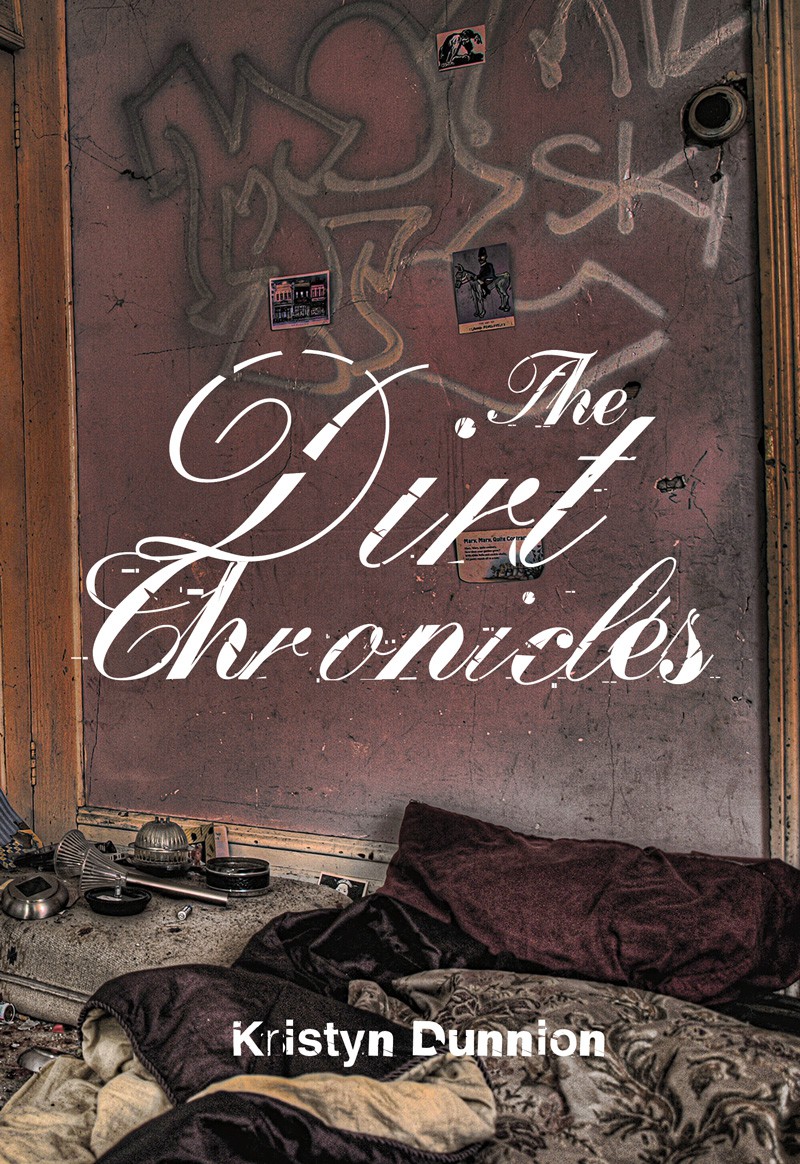
The Dirt Chronicles
By Kristyn Dunnion
Arsenal Pulp Press, 2011
Toronto-based author Kristyn Dunnion dubs herself a “Lady Punk Warrior.” Reading The Dirt Chronicles, her most recent book, one easily grasps the aptness of the moniker. Dunnion’s sympathies are with those living on the jagged edge; outcasts whose hearts burn with love and rage. It is these outcasts and outlaws who are the focus of The Dirt Chronicles: queer youth establishing a collective enclave in the ruins of a factory, a migrant worker flouting unjust immigration laws to play in a punk band, and kids struggling with addictions and hustling on the street.
Dunnion divides her book into 13 sections, each narrated by one of her well-crafted characters. Only a handful of the sections can be understood or properly appreciated as short stories on their own, and in that sense they might be best thought of as chapters in a novel. Read in sequence, it is easier to appreciate the dark and dangerous world that Dunnion has illuminated.
The book begins with three pieces that burn with the flickering heat of newly awakened desire. In “Two Ton: An Opera in Three Acts,” an introverted young man starts to follow a handsome, gregarious bike courier he meets while working as a clerk in an accounting firm. In “Stargazing at Eddie’s,” two teenagers discover some tender truths while drinking beer on the roof of a small-town home. “Migrant,” which opens the book, pulses with a heavy metal heart: an aging rocker-turned-mini-golf-course-operator develops a bond with a young Mexican farm worker after he sees the teen wearing a Black Sabbath t-shirt. These coming-of-age tales are carried along on the hard, loud chords of punk and the tender winds of whispered secrets.
The book takes a hard turn toward the rough side of the literary tracks with “Seven Dollar Blow,” a touching story in which two young sex workers seek refuge in the empty apartment of a client. It is here that we first glimpse the force that conspires against the outcasts of The Dirt Chronicles – a violent and corrupt police officer known as the King.
In the shadow of police violence and poverty, Dunnion’s characters search for home, for family, and for love. Some of the youth find them all while squatting in the Factory, an abandoned warehouse on the edges of a rapidly gentrifying neighbourhood in Toronto’s west end.
When the King and other officers disrupt a gathering at the squat, with tragic results, the book barrels into the realm of page-turning thrillers such as Steig Larrson’s The Girl with the Dragon Tattoo. Dunnion is adept at building tension and suspense, and the book races toward a somewhat jarring finale rife with acts of brutal violence.
As harrowing as the story is, the harm and indignities that Dunnion’s characters suffer are all too real for street-involved youth. In a 2007 study of homeless youth in Toronto, 40 per cent of women and 30 per cent of queer men reported being the targets of physical violence. 28 per cent of queer women on the street reported being the victims of some form of sexual assault. Homeless queer women were almost twice as likely to experience discriminatory treatment at the hands of police when compared with heterosexual women.
The King is a horrifying man who abuses his power as a police officer to assault women and street kids. Unfortunately, he teeters on the edge of becoming a cartoon-like villain. Dunnion’s portrayal of characters who hold some measure of privilege or authority feels two-dimensional and deflated, which threatens to weaken the power of the book. Thankfully, she breathes life into her young protagonists; we feel intimately their heartbreak, fury and hope.
Dunnion’s book is a collection of tender stories of queer desire on the margins. But it is also an unsettling and pulse-pounding queer-feminist revenge-thriller, set to a loud and rebellious punk-rock soundtrack. Whether it is read as a short story collection or a novel, The Dirt Chronicles pulls no punches.




